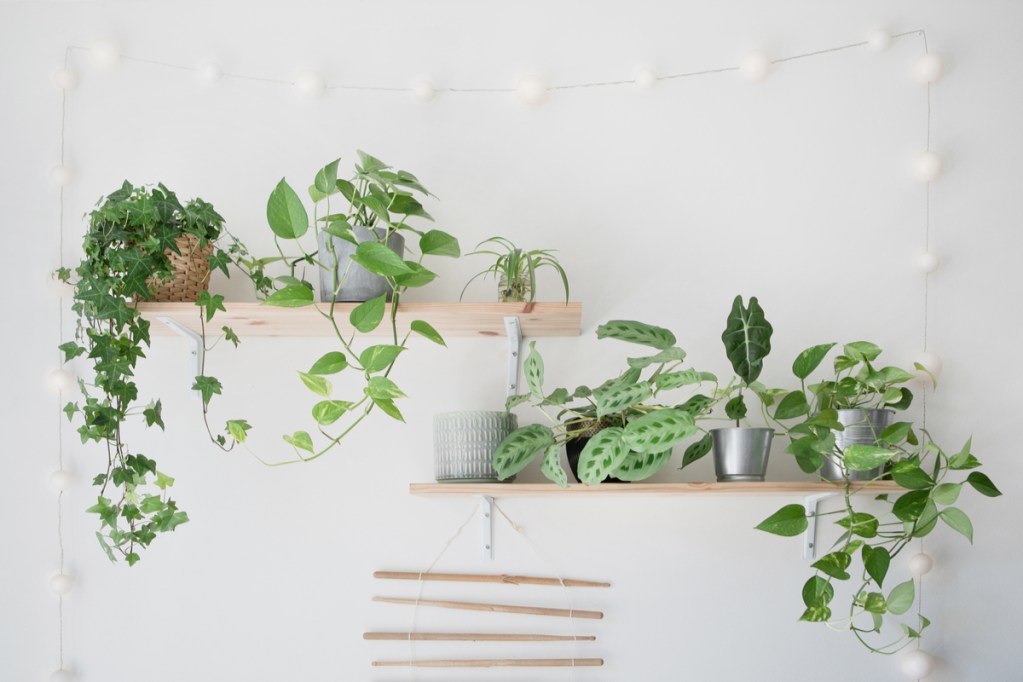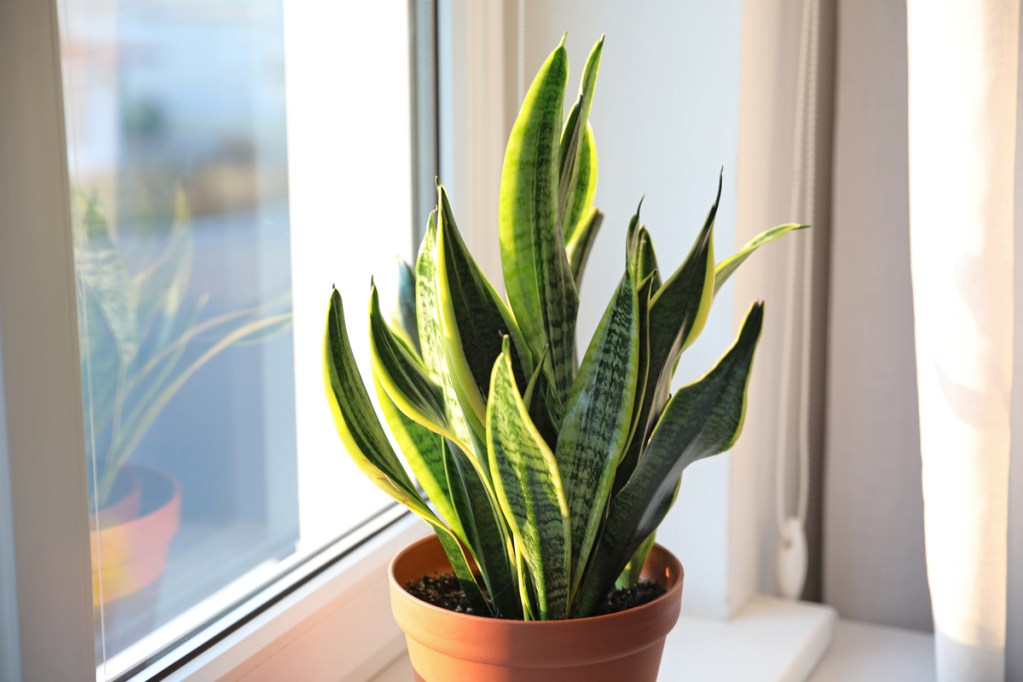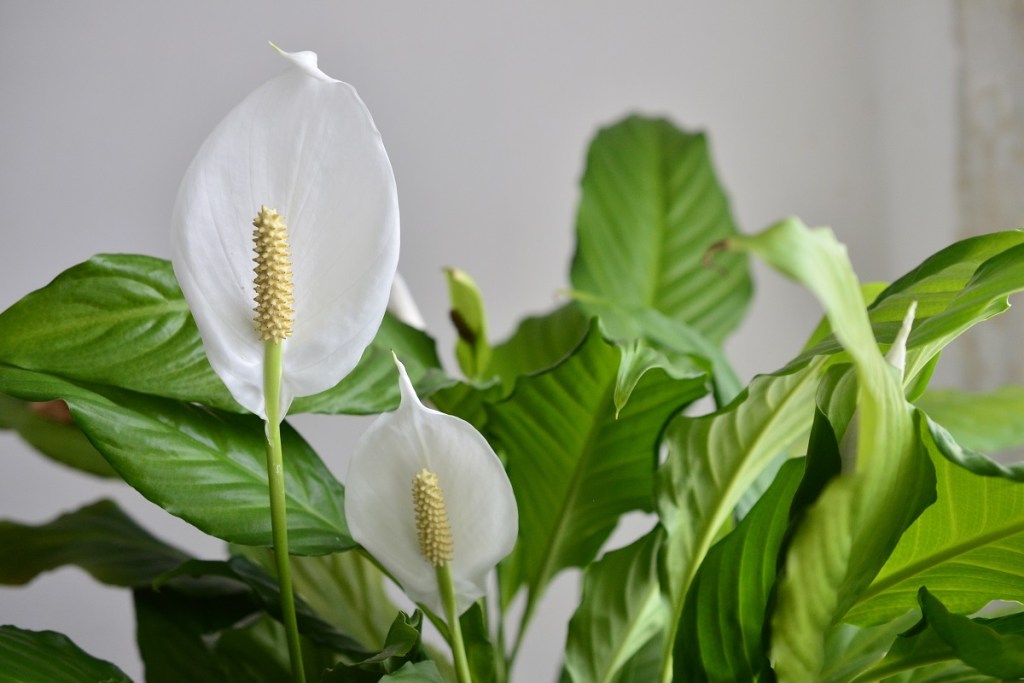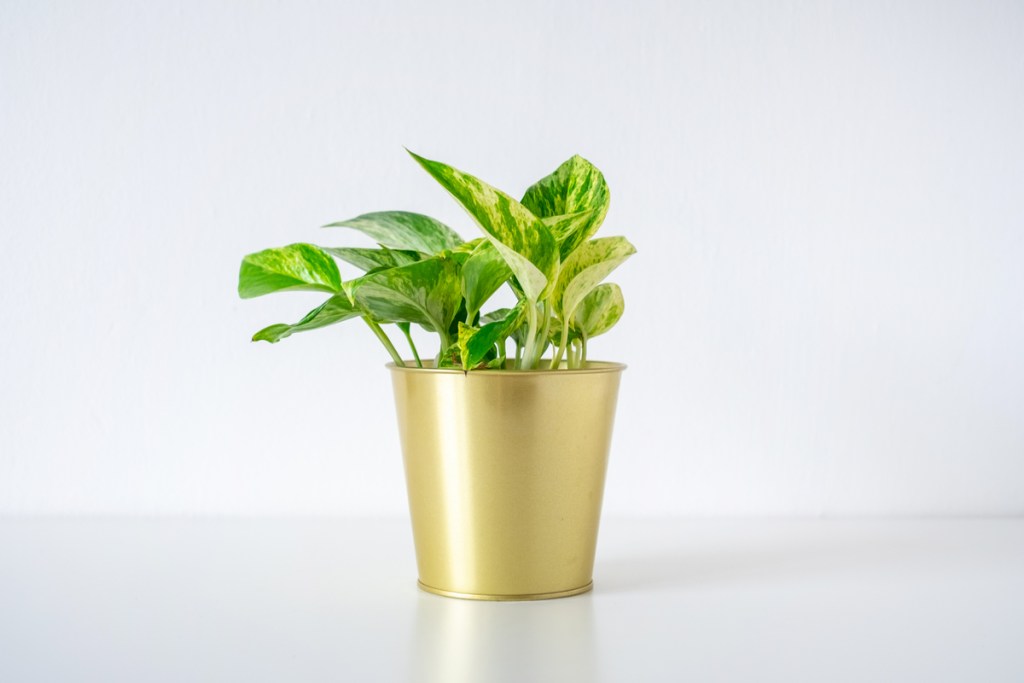
Those who experience allergies of any kind know they don’t disappear when you head indoors. Pollen gets tracked in and dust accumulates. Still, you can potentially lessen the effects of allergies so long as you avoid flowering plants. Without further ado, here are the best houseplants for allergies.

How can a plant be hypoallergenic?
According to Dr. Sanjeev Jain, houseplants can filter the air as they produce oxygen; however, if you’re someone with seasonal or environmental allergies caused by pollen, you’ll want to fill your home with non-flowering plants.
Non-flowering, low-pollen plants are often referred to as hypoallergenic plants since allergies to them are fairly uncommon. There are many which actually help remove harmful toxins from the air and increase humidity in your home.

Plants to aid your allergies
Remember that hypoallergenic plants won’t cure allergies, but they will help improve the quality of your indoor environment. Many of the ones below have been found to remove traces of toxins from the air (along with converting carbon dioxide to oxygen) and will help you enjoy nature without worries.
1. Peace lilies
Peace lilies are easy to care for — they start to droop when they’re ready to be watered and thrive best in indirect lighting. They’re known to remove trace amounts of harmful chemicals from the air, including formaldehyde, benzene, and xylene. As with any of the plants on this list, you’ll want more than one (whether it’s multiple peace lilies or a combination of a few different plants) to increase the chances of improving your air quality.
2. Swedish ivy
Swedish ivy is a great hypoallergenic plant for any home gardener, so long as you have a spot in your house with bright, indirect sunlight where it can thrive. It’s a fairly low-maintenance, fast-growing plant that will do well in a hanging basket or in a pot on the shelf. You’ll want to make sure that the room you put it in never drops below 60°F. It also prefers humid environments, so you can opt to keep it in the bathroom in a hanging basket or in a drier room if you provide intermittent misting.
3. Dracaena
Dracaena plants, according to some researchers, remove traces of benzene, trichlorethylene, and formaldehyde. Depending on the variety, this plant can withstand light shade; however, keep in mind that care requirements can vary from type to type, so you’ll want to research your specific dracaena plant to find out how to provide it with the best conditions possible. The good news is that all of them are low-pollen plants, so you can’t go wrong with the variety you choose.
4. Areca palm
Areca palms prefer slightly higher humidity than many plants since their native habitat is a tropical forest. If you have a dry home but want to bring in an areca palm, you may want to purchase a humidifier. Another option is to fill some trays with pebbles and water, placing them around your plants to help increase the humidity in your space as the water evaporates.
They do OK in lower lighting, too, so don’t worry if you don’t have a spot with bright lighting. Areca palms are especially beneficial for those who have sinus issues (like ones caused by allergies!) and can remove amounts of formaldehyde from the air.

5. Golden pothos
Golden pothos prefer environments with bright, indirect lighting; however, they can survive in low-light areas, too. Their rate of growth will be impacted by the type of lighting, so keep that in mind when choosing where to keep your pothos plant. They look beautiful in pots or hanging baskets, and they should be watered regularly only when the top of the soil is dry to touch. Golden pothos are good for filtering formaldehyde and increasing the oxygen in your space.
6. Snake plant
Snake plants are low maintenance and can grow up to 6 feet tall. These native tropical and subtropical succulents are sometimes called mother-in-law tongues and enjoy a more humid environment. Since they’re succulents, you’ll still want to be wary of overwatering and follow the soak and dry method (wait until the top inch or two of soil is dry, then soak until water comes out the bottom).
7. Aglaonema
The aglaonema, also known as the Chinese evergreen plant, features large, ovate leaves that make for beautiful indoor fixtures. Native to tropical parts of Asia, it often features striking variegation, so it is commonly prized for its visual appeal. The more variegated varieties appreciate a bit more light, but most will do fine in indirect light. You want to keep its soil moist but not soggy, and be sure to give it ample humidity. It’s not too tall of a plant, growing only around 1 to 3 feet tall.
Aglaonema plants seldom flower indoors, making them ideal for those in need of hypoallergenic options. As an air-purifying plant, it can also potentially remove benzene and formaldehyde from the air.
The best houseplants for allergies will almost always be ones that don’t flower or produce a lot of pollen. There are plenty of plants whose beauty mainly comes from their leaves, stretching far beyond this list of seven plants. Depending on your available lighting and environmental conditions, you can have a wide variety of houseplants that will improve your home’s air quality.


